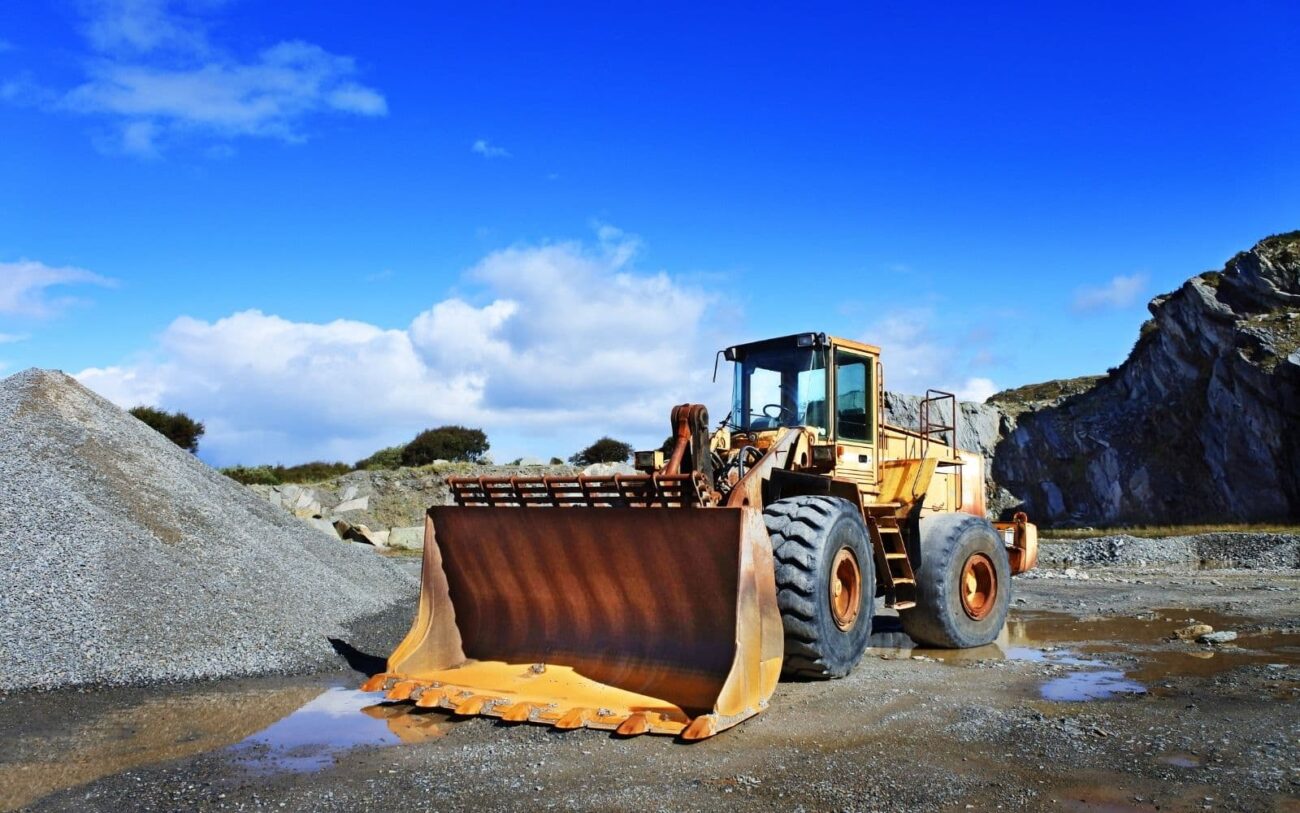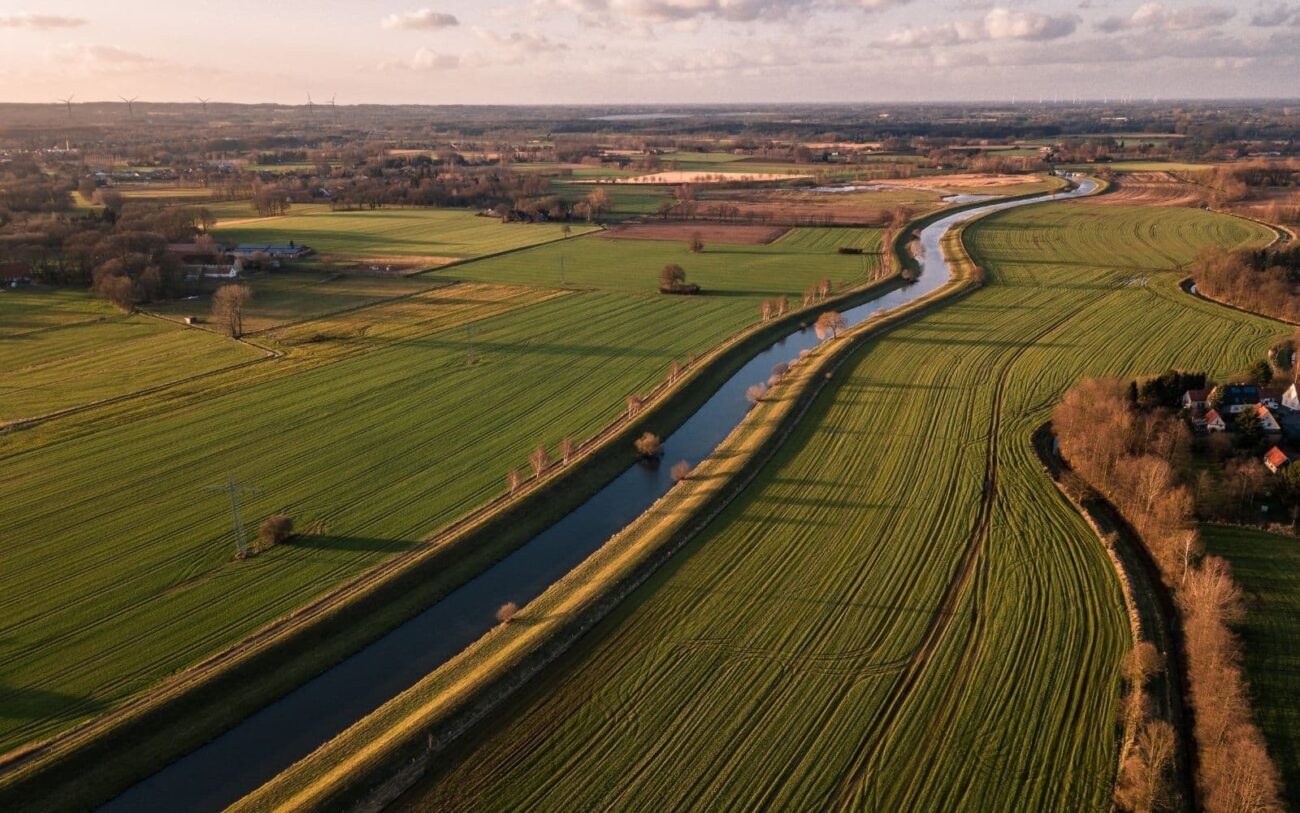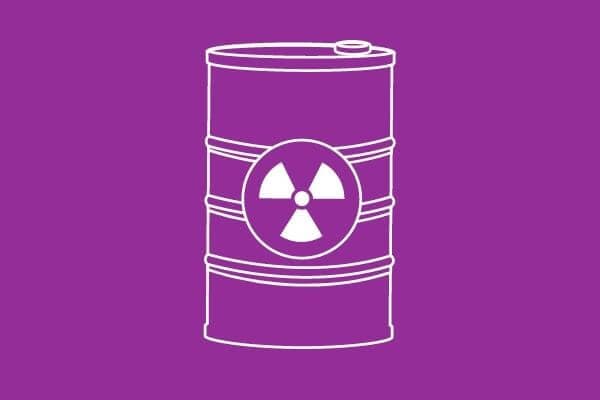What qualifies for Land Remediation Tax Relief?
-
Relevant expenditure on land which is in a contaminated state
-
Expenditure that would not have been incurred if the land had not been in a contaminated state
-
Expenditure on relevant land remediation directly undertaken by the company or on its behalf
-
Expenditure incurred on employee costs and materials or is qualifying expenditure on sub-contracted land remediation
-
Non-subsidised expenditure
Our expert team are on hand to answer any of your Land Remediation questions.
The rate of relief depends upon the status of the company claiming the relief:
-
Owner occupier/investor rate
-
Developer rate
-
For profit-making companies
-
For loss-making companies, a tax credit (cash in hand) can be claimed
Qualifying land remediation loss – examples
Note that in the below examples, the land remediation expenditure has been treated as revenue expenditure. If the land remediation expenditure has been capitalised, the total additional tax relief would equate to 150%.
Example 1 – Profit making Company
Assume that a trading profit is made in the sum of £500,000, which includes land remediation expenditure of £100,000.
- Trading profit before LRR – 500,000
- Land remediation costs – 100,000
- Extra deduction (50%) – 50,000
- Tax relief at £150,000 x 19% ** = 28,500
** This equates to tax savings at 28.5% on the original LRR costs of £100,000
Example 2 – Loss-making Company
Assume that a trading loss is made in the sum of £500,000, which includes land remediation expenditure of £100,000.
- Trading loss before LRR – 500,000
- Land remediation costs – 100,000
- Extra deduction (50%) – 50,000
- Tax credit at £150,000 x 16% ** = 24,000
** This equates to a 24% tax credit on the original expenditure of £100,000























